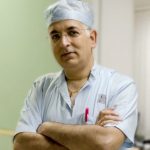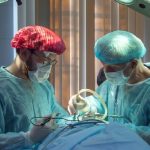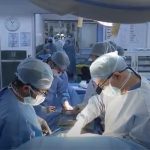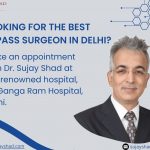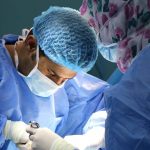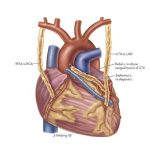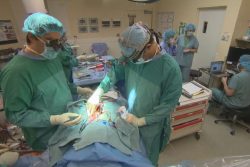A Guide to the Various Types of Open Heart Surgery
As the name suggests, open heart surgery is a surgical procedure in which the surgeon makes an incision on the chest to access the heart physically. During the surgery, the patient is connected to the heart-lung bypass machine, which does the heart’s job, like adding oxygen to the blood and removing CO2, as the heart stops working during the procedure. However, the heart resumes back to working effectively post the operation. It is a treatment option for coronary artery disease (CAD) when other non-surgical treatments like medication or lifestyle modifications fail to show any improvement.
But what are the various types of open heart surgery? In this blog, Dr. Sujay Shad, the best heart surgery doctor in Delhi, answers this question.
Keep reading to know more!
Different Types of Open Heart Surgery
Coronary Bypass Surgery (CABG): Coronary artery bypass graft (CABG) is a surgical treatment performed to treat coronary artery diseases. During a heart bypass surgery, a new pathway, also known as a bypass, is created so that blood and oxygen may reach the heart despite a blockage. For this, a healthy blood vessel is taken from the different parts of the body like the leg, chest or even wrist, which is connected below the clogged artery. The blood flows through this bypass artery to reach the heart without blocking it.
Heart Valve Surgery: A heart valve surgery is performed to treat heart valves by either repairing or replacing them. In patients with heart valve disease, at least one of their heart’s four valves does not function as it should. Valve tissue in the heart ensures that blood travels through the organ appropriately.
Heart Transplant Surgery: A heart transplant is a major surgery that involves replacing a sick heart with a healthy heart from a donor. In the treatment of coronary diseases, the procedure is considered a last resort and is often advised by doctors only after other treatments have been attempted but have proven to be ineffective.
Aortic Root Surgery: Aortic root surgery is performed to treat an aortic aneurysm, which is an enlarged part of the aorta. The aorta is the main artery that transports oxygenated blood away from the heart and into the rest of the body. The aortic root is the connection between the aorta and the heart. This valve opens to let blood out of the heart and shuts to stop blood from flowing back in.
Septal Myectomy For HOCM: A septal myectomy surgery is performed when the heart muscle becomes abnormally thick due to hypertrophic cardiomyopathy (HOCM). In this open heart surgery, the surgeon will remove a part of the thickening heart tissue. This makes it easier for blood to pass through your heart and circulate throughout your body.
Pulmonary Thromboendarterectomy: Pulmonary Thromboendarterectomy is a surgical procedure to clear any blockages or scar tissue in the pulmonary arteries. These clots are stubborn and continue to deposit firmly against the arterial lining. Over time, these clots become scar tissue, causing a chronic blockage of the pulmonary arteries. This may result in restricted blood flow and severe hypertension.
Dr. Sujay Shad, the most skilled heart surgery doctor in Delhi, offers all these surgeries at ease and provides intensive care to his patients. The preparation, procedure and recovery time for each surgery is different. For any other heart-related concerns and queries, visit Dr. Shad at Sir Ganga Ram Hospital, New Delhi.




